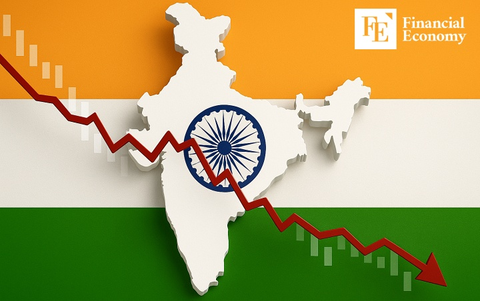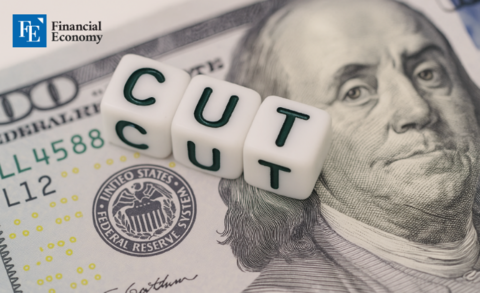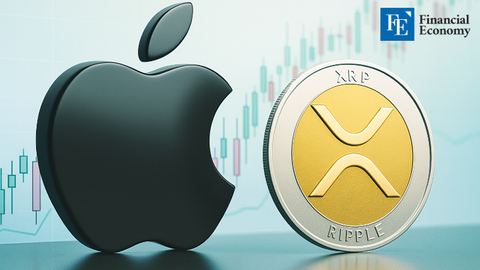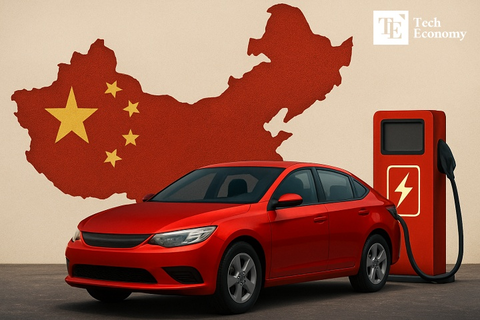The "Humbling" of Luxury Handbags: Not Just Consumer Defection, But a Fall in Brand Value
Input
Modified
Even at USD 29, a USD 446 Bag Won’t Sell Luxury Brands Shaken by ‘China Risk’ Has China’s Luxury Boom Ended? Brand Value Plunges
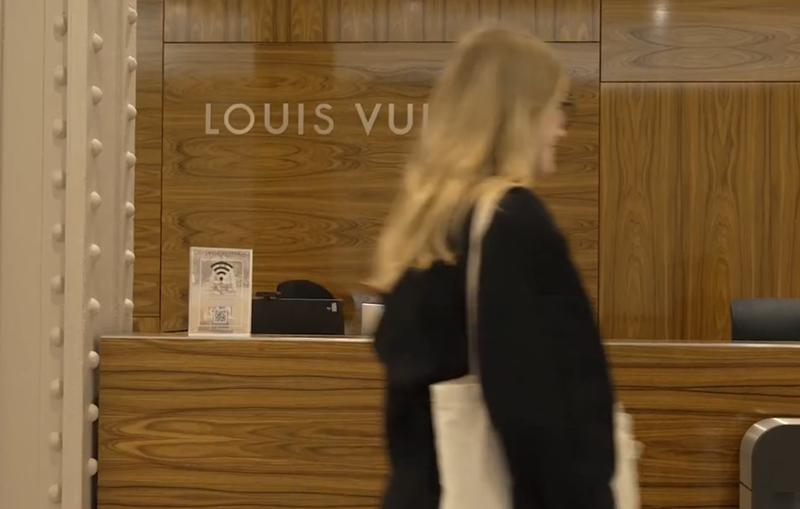
The once-unwritten rule in China that “luxury goods are cheapest today” has become a thing of the past. Items that once flew off the shelves are now being offloaded at steep discounts—even in the secondhand market. This shift stems from China’s middle class drastically cutting back on luxury spending as it grapples with a dual burden of a real estate downturn and declining incomes.
However, this is not merely a symptom of weakened consumption—it also reflects the failure of sales strategies. Luxury brands, in their pursuit of short-term revenue gains, had focused overwhelmingly on expanding sales in the massive Chinese market. But analysts now argue that this approach has, in the long run, diluted brand value and prestige.
Luxury Brands in Distress: 90% Discounts, But No Buyers
On June 10 (local time), Reuters reported on the current state of a major secondhand luxury goods store in Beijing, stating, “The shadow of China’s economic downturn has reached the heart of the luxury empire.” On display was a Coach “Christie” handbag—once priced at USD 456—now marked down to just USD 31, still waiting for a buyer.
Nearby, a Givenchy G-Cube necklace, originally sold for USD 308, was priced at only USD 26—a staggering 93% discount. While standard markdowns in the luxury sector traditionally range from 30% to 40%, discounts above 90% are essentially considered clearance-level fire sales. And yet, even with these deep cuts, sales remain sluggish.
China’s secondhand luxury market saw rapid growth as consumers shifted toward used goods. However, that growth has been driven more by a surge in supply than by demand. Reuters cited a 2023 Zhen Consulting report stating the market grew by 20%, but the firm attributed this expansion primarily to a rise in sellers, not buyers.
China’s Demand Slump Hits Global Luxury Market
China was once one of the world’s largest luxury consumers, at one point accounting for a full third of global high-end sales. According to Bain & Company, China’s luxury market grew more than fourfold between 2011 and 2021, reaching a size of USD 66 billion. This boom fueled the rapid expansion of European luxury brands, which rode the wave of China’s consumer power.
Today, however, luxury stores across China are eerily quiet. As clear signs of economic slowdown take hold, consumers are tightening their wallets. Following the 2022 resurgence of COVID-19 and prolonged lockdowns in major cities like Beijing and Shanghai, China’s shift to a "With-COVID" policy has done little to revive consumer confidence. A slumping real estate market and rising unemployment have further dampened spending.
Roughly 70% of household wealth in China is tied to real estate. Years of falling property prices have left middle-class assets in disarray. Bloomberg Economics estimates that for every 5% decline in home prices, Chinese household wealth contracts by as much as USD 2.7 trillion. Youth unemployment is now over 15%.
As wallets grow lighter, many Chinese consumers have rushed to offload their once-coveted luxury goods in the secondhand market. According to Dashuai Consulting, the number of people trying to sell luxury items this year is up 30% from last year. New resale platforms like Enyu, Feiyu, and Ponhu have flooded the market—but the number of buyers has hardly changed.

A Growth Strategy That Backfired
This represents a worst-case scenario for luxury brands that spent the past decade chasing the “Chinese Dream.” The flood of products into the secondhand market is accelerating the erosion of brand prestige. In the past, luxury goods were a closed symbol system accessible only to a privileged few. Today, luxury has evolved into a mass consumer category—and a handbag that anyone can carry no longer functions as a “luxury” item.
This trend is especially pronounced among masstige brands—those that straddle the line between prestige and mass accessibility. Luxury brands can be segmented into three tiers: accessible luxury at the base, aspirational luxury in the middle, and absolute luxury at the top. However, the rise of masstige trends and widespread discount distribution channels in recent years have diluted the very concept of luxury. This explains why a Coach handbag sits unsold on a display shelf despite its rock-bottom price of USD 31.
To drive sales, many masstige brands resorted to oversaturating the market with limited editions, excessive logo use, and rapid expansion of offline stores in China. But these aggressive tactics ultimately backfired, damaging brand equity. The growing secondhand market has dealt the final blow. Items once priced at USD 2,194 are now being resold for just USD 219.40, demonstrating how the brand’s so-called “premium” can collapse in the face of market forces. What collapsed first wasn’t the price, but the credibility of the brand image.
In contrast, Hermès continues to thrive even during economic downturns by emphasizing exclusivity through high-end marketing centered on products like the Birkin bag. According to the Financial Times, Hermès has outperformed its rivals by focusing on a wealthy, tightly defined clientele. While other brands expanded their customer base during the pandemic through aggressive marketing and new “entry-level” products, Hermès doubled down on its core audience, generating steady demand. Notably, even in China, Hermès has avoided a sales slump. The brand’s strategy of selling only to verified prior buyers is widely regarded as a success.



